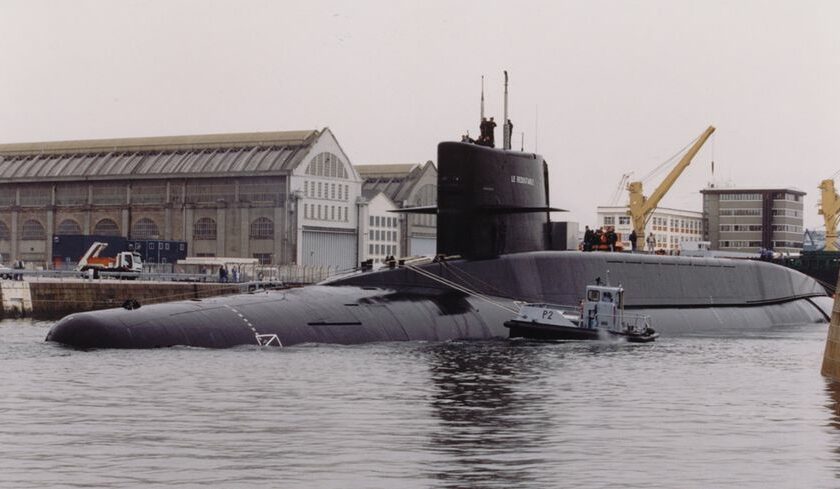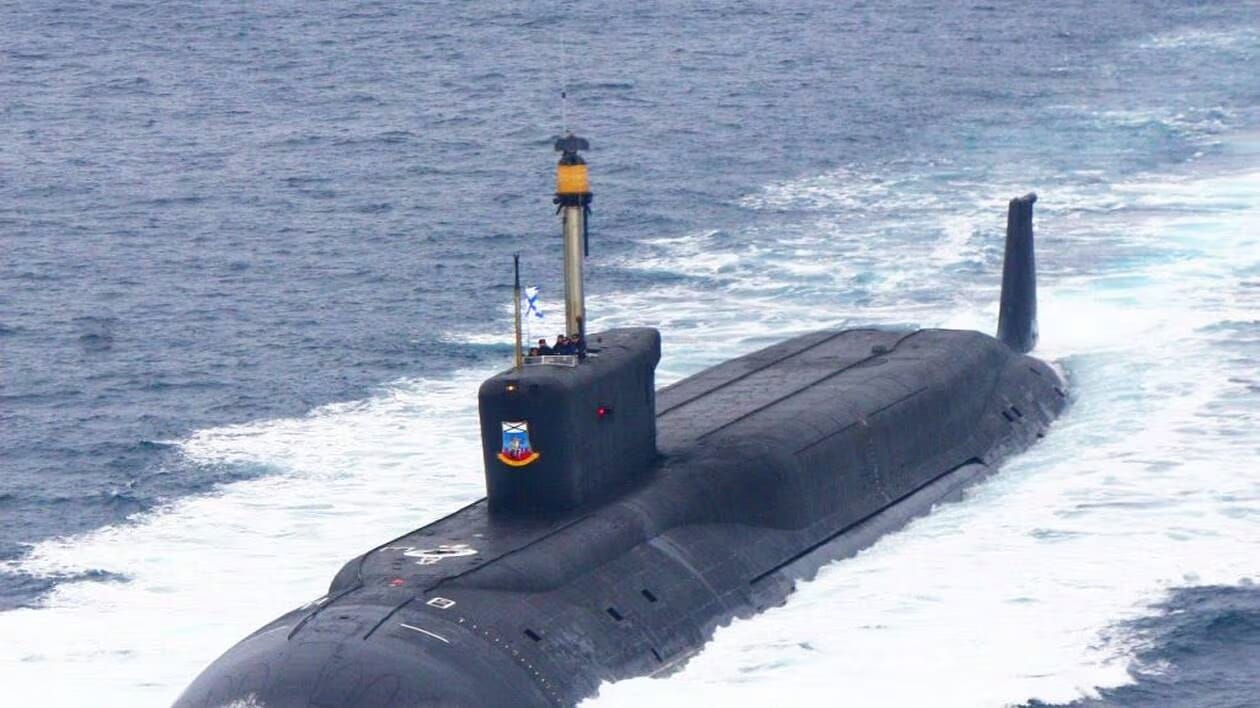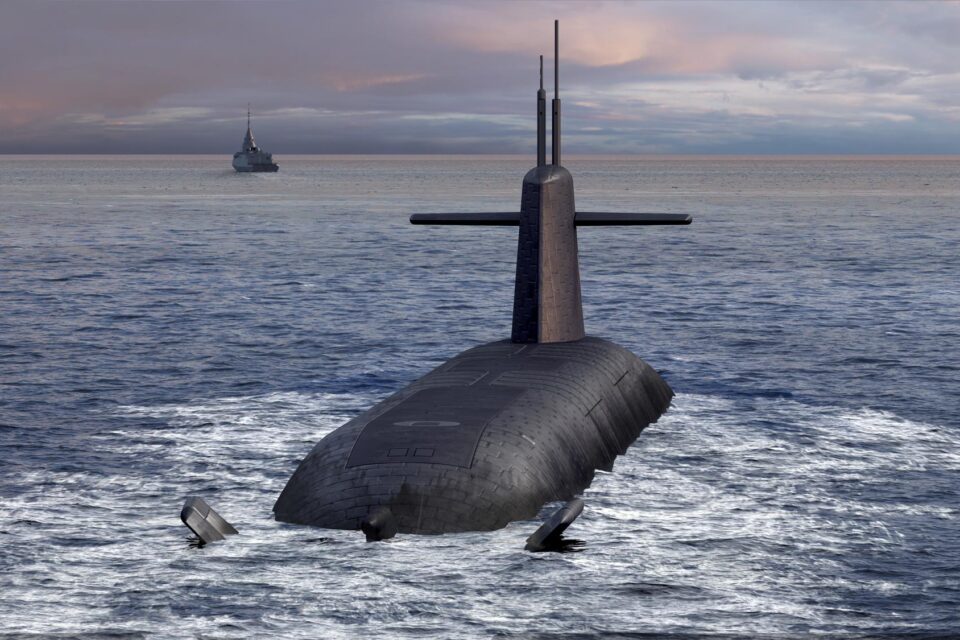On March 20, took place the ceremony of the first sheet metal cutting of the first new SSBN 3G submarine, the centerpiece of French deterrence, in the presence of the Chief of Staff of the Navy, Admiral Vaujour, the General Delegate for Armaments, Emmanuel Chiva, and the CEO of Naval Group, Eric Pommellet, on the site of Naval Group of Cherbourg, which hosts all French submarine construction.
This ceremony marks the start of one of the most important French industrial projects ever undertaken. Indeed, the design and construction of a nuclear ballistic missile submarine is frequently considered one of the most complex industrial and technological subjects in existence, at least as much as that of a heavy space launcher or of a nuclear aircraft carrier.
Beyond this technological challenge, and the colossal investments necessary to give birth to these ships and their strategic weapons, this program also carries the future of the submarine component of the French nuclear deterrent, the very one which carries the life insurance of the country.
However, many specialists on the subject question the format of the SSBN 3G program. Indeed, if it takes the format of 4 SSBNs of the Le Triomphant class currently in service, the one which preceded during the Cold War was made up of 6 SSBNs of the Le Redoutable class.
Faced with rising international tensions, particularly with Russia, will France be able to be satisfied with a fleet of only 4 SSBNs, or will it have to return to a fleet of 6 ships, as in the 70s and 80s?
In this section:
The origins of the 4 SSBN format for French deterrence
Initially, therefore, the first French SSBN fleet was made up of six ships. This format allowed the Strategic Ocean Fleet to permanently maintain 2 ships at sea, while a third was ready to put to sea within 24 hours, and a fourth within 30 days. The fifth ship was in training, and the sixth was in scheduled maintenance.

With a permanently immobilized ship, this format made it possible to build the French deterrence and second strike posture, on a fleet of five available ships, including two on patrol.
The design of the SSBNs which were to take over from the Redoutable, from the early 90s, began in 1981. So, the format of this envisaged fleet remained unchanged, at six ships. Following the collapse of the Soviet bloc, this format was reduced to four ships.
It was then a question of adapting the format of French deterrence to the doctrine of strict French sufficiency, and in the process, of saving several tens of billions of francs. In addition, the Ministry of Defense estimated that these new ships being much more discreet than those they will replace, and armed with much more efficient missiles, the reduction in size would not undermine the reality of the French deterrence posture.
From the end of the 90s, the posture of the Strategic Oceanic Force was thus reduced to a single SSBN on patrol, a second ship on alert at 24 hours, and a third which could be deployed at 30 days. The fourth ship remained under scheduled maintenance.
The evolution of the Russian submarine threat in recent years
It is clear that this posture was largely satisfactory during the first 20 years of the millennium. Remember that in 2008 and 2009, the Russian fleet was unable to ensure the permanence of the strategic underwater patrol more than a third of the time.


75% of this article remains to read,
Subscribe to access it!
The Classic subscriptions provide access to
articles in their full version, and without advertising,
from 6,90 €.
Newsletter subscription
Register for the Meta-Defense Newsletter to receive the
latest fashion articles daily or weekly


Hello
Why not just one more? This would already be a plus, while remaining within our budgetary means, which I think do not allow us to have two more. An additional one would make it easier to have two or even three at sea in times of crisis.
Let's say one more would respond to the increasing Russian threat. Two more would make it possible to respond to the evolution of the global threat, including technological ones.
There is a article from 2021 which then recommended a move to 5 SSBNs. But since then, the threat typology has evolved much more quickly than envisaged in this article.